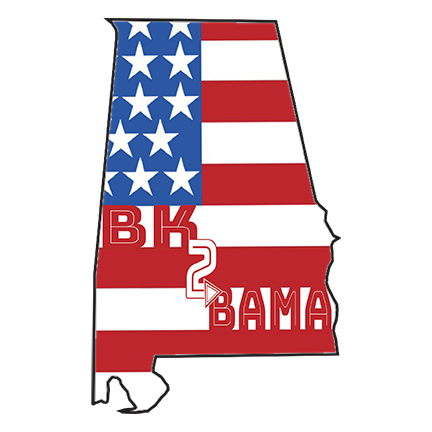African Burial Ground
Free
About this course
New York’s Seventeenth-Century African Burial Ground in History By Christopher Moore

New York’s African Burial ground is the nation’s earliest and largest known African American cemetery. It has been called one of the most important archaeological finds of our time. But it is more than that: though long hidden and much violated it remains the final resting-place of some of New York’s earliest African and African-American pioneers. And it is an enduring testament to their history.
Shut out of churchyards within the city a burial ground for Africans developed on a plot of land outside of the city, owned in 1673 by Sara Van Borsum, a Dutch woman with a reputation as an Indian translator and owner of six slaves (five African and one Indian). Though the exact date of the cemetery’s founding is unknown, the Van Borsum family continued its tacit approval of its use until its closing in 1794.
As the enslaved population grew in New York so did the burial ground , eventually covering 6.6 ac res, or about five city blocks. Evidence from the cemetery indicates that when possible , traditional practices were employed in laying deceased kin and loved ones to rest. However, harsh legal restrictions were applied too, as no more than twelve persons were permitted in funeral processions or at graveside services and interment was not allowed at night, the customary time for many African burial rituals. Enslaved blacks were required to have a written pass in order to travel more than a mile away from home. For many, that was about the distance from their Lower Manhattan homes to the cemetery.
Despite these restrictions, the African Burial Ground served as an important focus for African community identity. Archaeological excavations have shown that the dead were buried individually , most in wooden coffins, arms folded or placed at their sides and oriented with heads to the west. Bodies were buried in shrouds, fastened with brass straight pi ns, and were sometimes buried with items such as coins, shells, and beads. Overtime, the Burial ground became densely crowded with burials stacked three and four deep in some places. Some archaeologists estimate that 20,000 men, women, and children were buried at the cemetery.
In 1795, the land of the African Burial ground was subdivided and sold for house lots. Because it lay in a ravine, the land was leveled with as much as twenty-five feet of fill, ensuring the survival of many graves under the basements of later buildings.
In the twentieth century, the area where the African Burial ground is located developed as New York’s government center. During these years the existence of the. African Burial ground, though recorded on old maps, was effectively forgotten. In 1991 -1992 archaeological excavation of the northern portion of the burial ground occurred as the site was being prepared for construction of a federal office building. The remains of 419 men, women, and children were excavated: nearly half of whom were children under twelve years of age. In 1999 , nine intact burials (full or nearly complete human skeletons) were found on the southern edge of the historic ground during construction of the new sidewalk in front of the Tweed Building on Chambers Street. Unmarked beneath the bluestone sidewalk , thousands walk by or over the burials daily, unaware that much of the cemetery still exists under the neighborhood’s sidewalks, road beds, and buildings.
The African Burial Ground was designated a New York City Historic District and a National Landmark in 1993. Between 1991 and 2003, an analysis of the human remains was conducted at Howard University. On October 4, 2003, some ten thousand participants in the “Rites of Ancestral Return” helped re-inter the ancestral remains (each in a hand-carved wooden coffin made in Ghana) on the preserved portion of the site. Nearly 8,000 personal handwritten messages from the living to the African ancestors were also buried with the remains. In February 2006, by order of Pres. George W. Bush, the African Burial ground was proclaimed a national monument.
On October 5, 2007 the African Burial ground National Monument became the first National Monument dedicated to Africans of early New York and Americans of African descent. It is the newest National Monument in New York City, joining the Statue of Liberty, Governors Island, and Castle Clinton.
Read more here